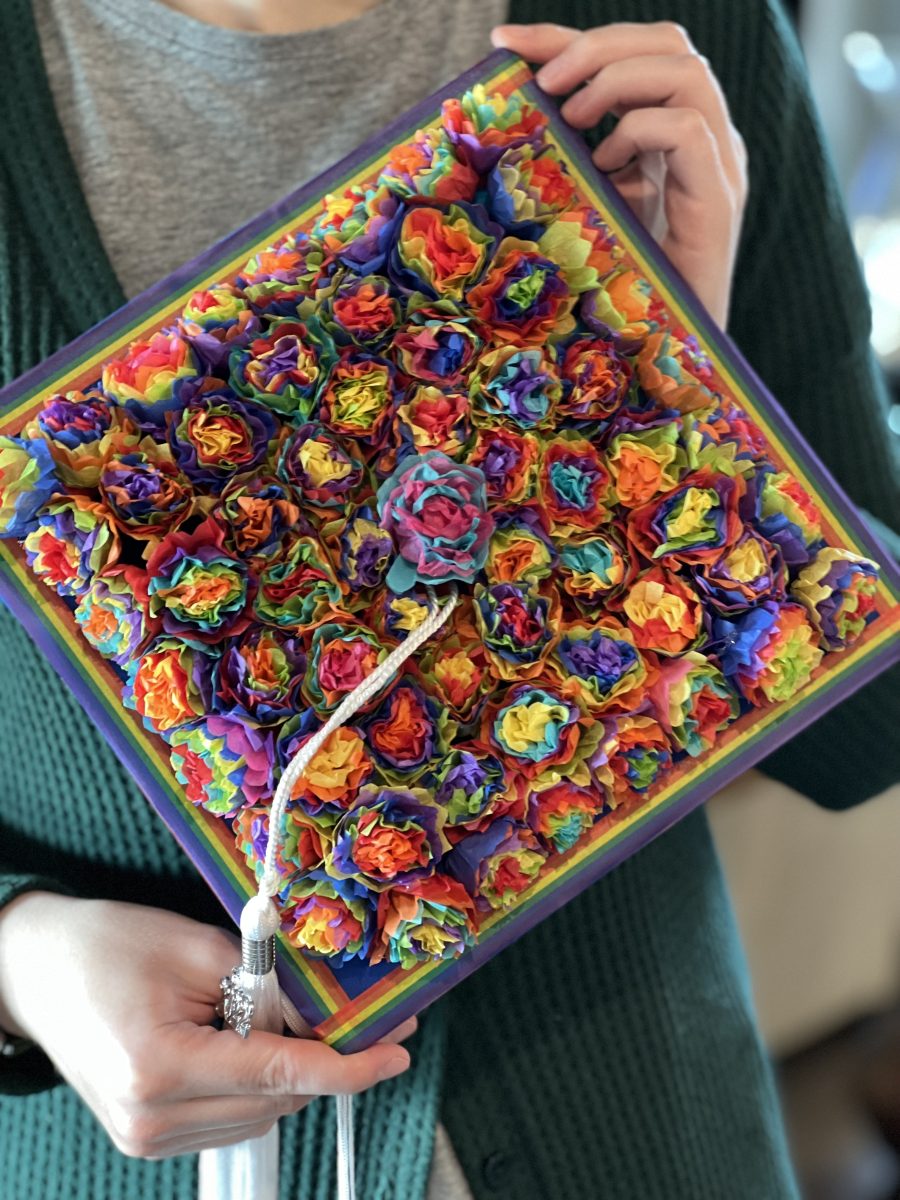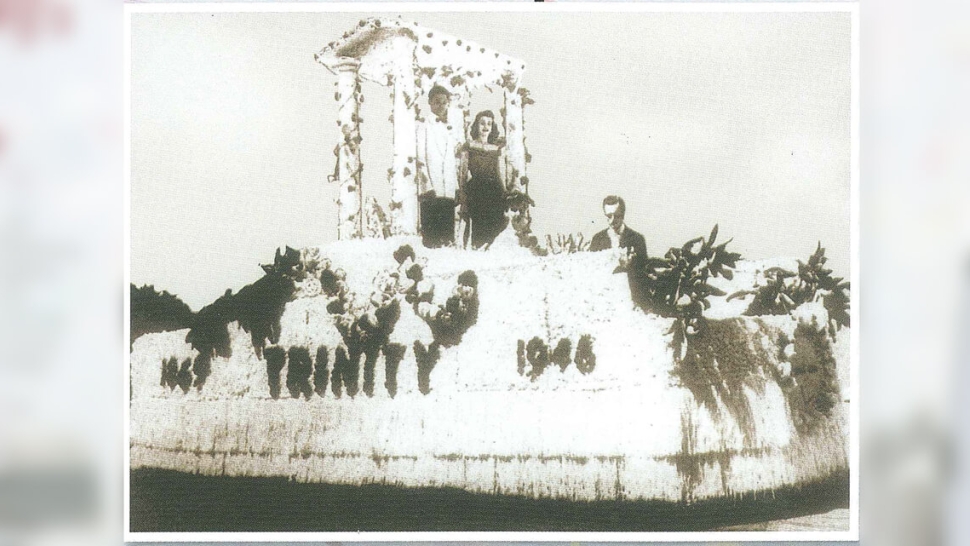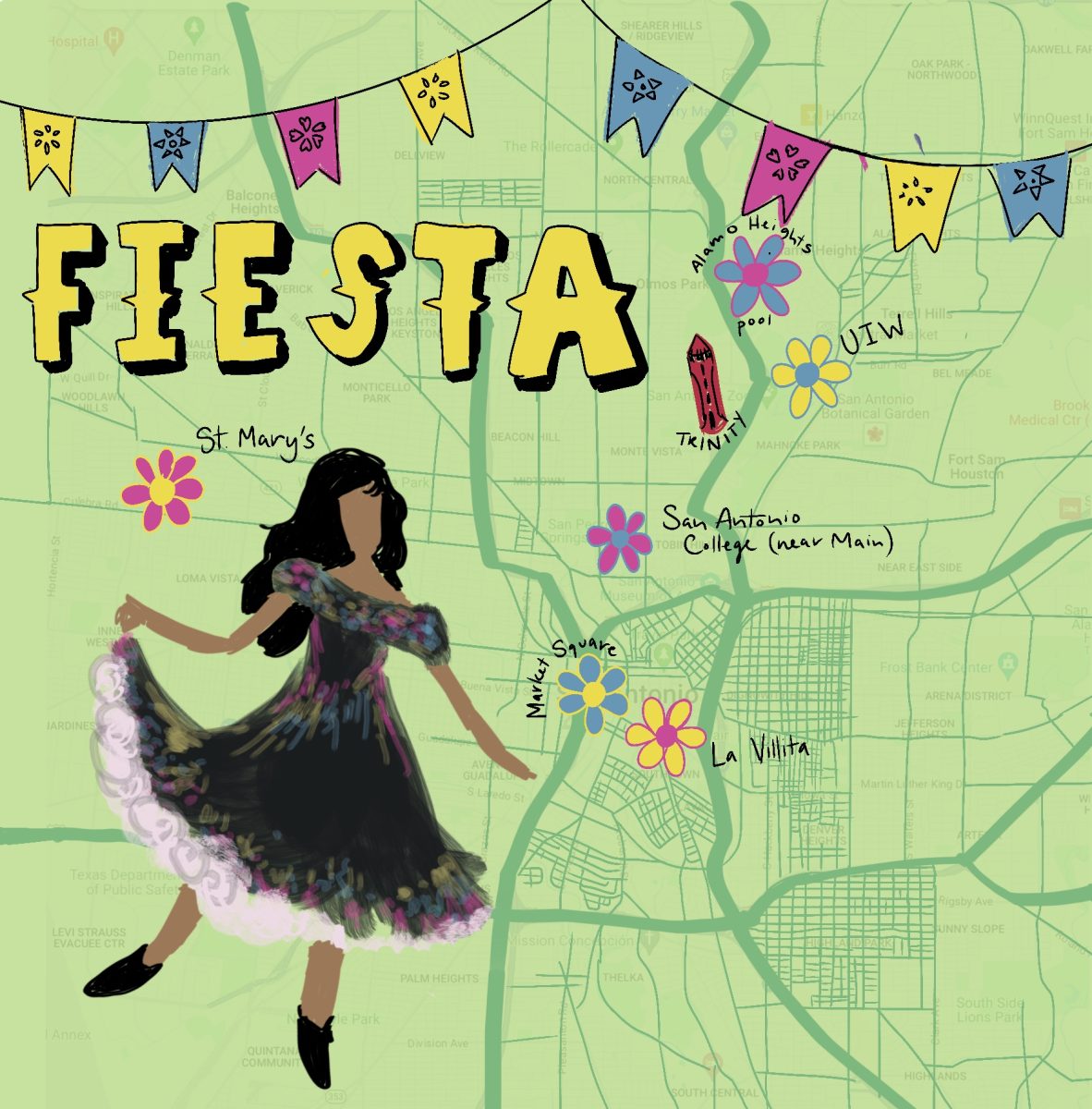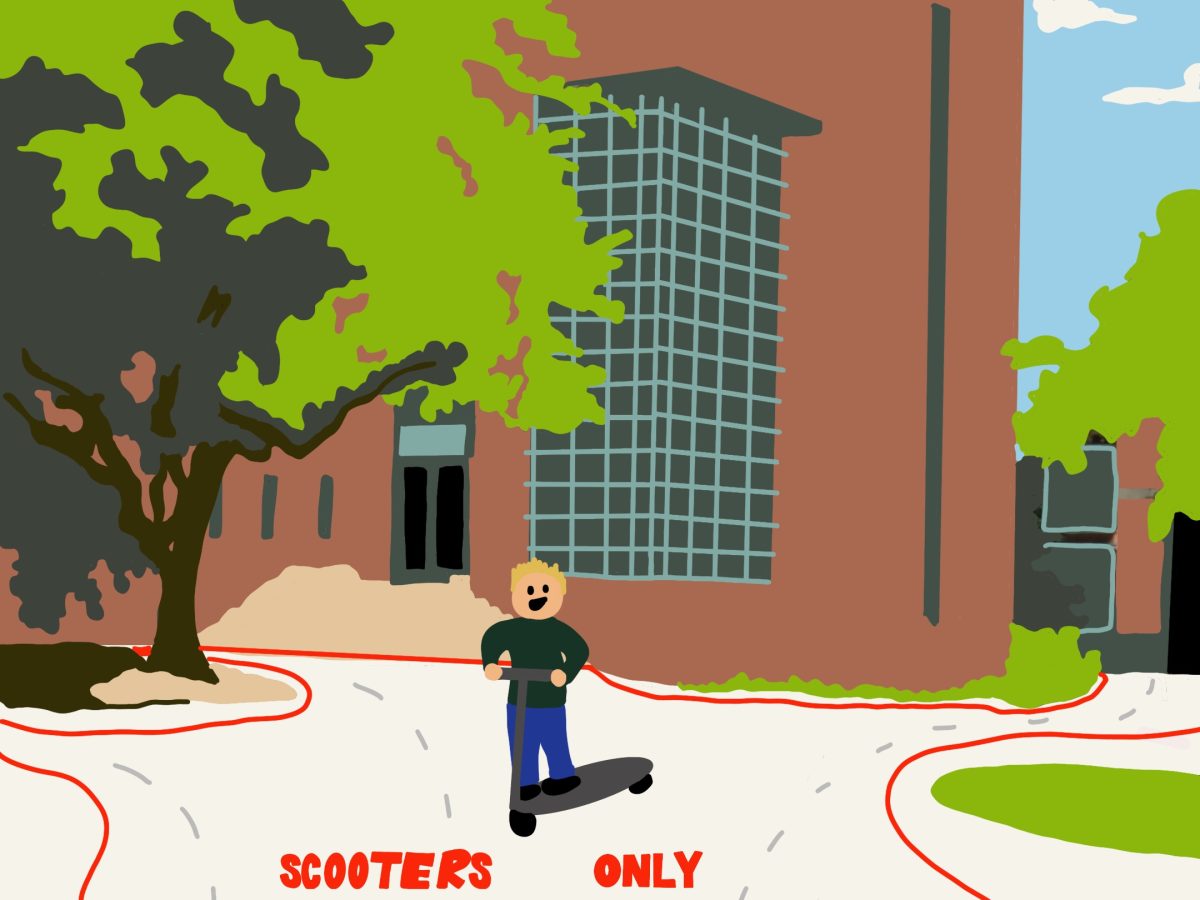Growing up and attending elementary school in San Antonio, you would think that “making tissue paper flowers for Fiesta” was part of the Texas Essential Knowledge and Skills (TEKS). Every year without fail, right before Battle of Flowers, teachers would pass out dozens of sheets of tissue paper in every color imaginable so that we could decorate our schools and homes for this vibrant celebration.
It wasn’t until I moved out of state that I realized how special this tradition was. When I moved to Maryland, one of the first things I noticed was that no one knew what these flowers were. Gone was a delicate beauty and vibrancy that would explode everywhere like real wildflowers in late April.
I grew up a military brat, and from first to eighth grade I went to six different schools. Throughout all of the moves and new places, I never lost this yearning for San Antonio — my birthplace and the location of my “roots.” San Antonio became this mythic city in my head. If I could just return to it, I would feel instantly at home again. No other city had the diversity that San Antonio had. Tissue paper flowers were a small but very significant part of this magic.
When I graduated from high school in Fort Worth, I decorated my graduation cap with nearly 100 miniature tissue paper flowers to pay homage to this magical place from which I came and to which I would be returning. Except, I got it all wrong. Tissue paper flowers don’t actually belong to San Antonio.
Long before tissue paper flowers were used in San Antonio’s fiesta festivities, they were used in Mexico to decorate churches, either in the winter when real flowers weren’t available or throughout the year as a cheaper alternative. These flowers form an integral part of traditional Mexican folk art, making it a mistake to simply call them “fiesta flowers.”
Fiesta has a problematic history with racism and white supremacy. The Battle of Flowers is, after all, a commemoration of an Anglo victory over Mexican soldiers — if you want to learn more about this history, I recommend the book “Forget the Alamo.” The San Antonio celebration I grew up knowing and loving distorts and appropriates the rich Mexican history of these flowers.
Despite that, today I will teach you how to make tissue paper flowers in the same way my grandmother taught me, albeit with a materials twist (grab those extra Trinitonian copies, everyone). These flowers were meant to be enjoyed and to brighten up spaces. My only request is that you think critically about what these flowers mean. Please make, enjoy and display them in appreciation of their rich folk art tradition while being conscious of the racism and oppression that they have often simultaneously symbolized when used out of context in fiesta celebrations.
Instructions:
Materials: A copy of the Trinitonian, scissors and a twist tie, pipe cleaner, yarn or other kind of string
Step 1:
Lay out and unfold a copy of the Trinitonian.
Cut a rectangle from the bottom right quadrant of the paper, cutting through all pages.
Select about four pages of the quadrant you cut out — the more pages you select, the fuller your flower will be, but the harder it may be to make.
Step 2:
Starting from a shorter side, accordion or fan fold all four of the pages together, keeping it tight and pinched together.
Step 3:
Tie a twist tie, pipe clear, yarn or other string around the middle.
Using a pair of scissors, round out both ends, cutting through all pages.
Step 4:
Fan out your accordion fold on both sides of the string until you have a circle.
Step 5:
Gently and slowly, pull up the pages one at a time towards the center, working around in a circle. Tip: Newspaper is more difficult to work with than tissue paper, so you may need to gently push each page up with your finger very close to the center.
Step 6:
You have a completed flower! You can use the other quadrants of the copy to make three more flowers or cut smaller rectangles to make smaller flowers.








